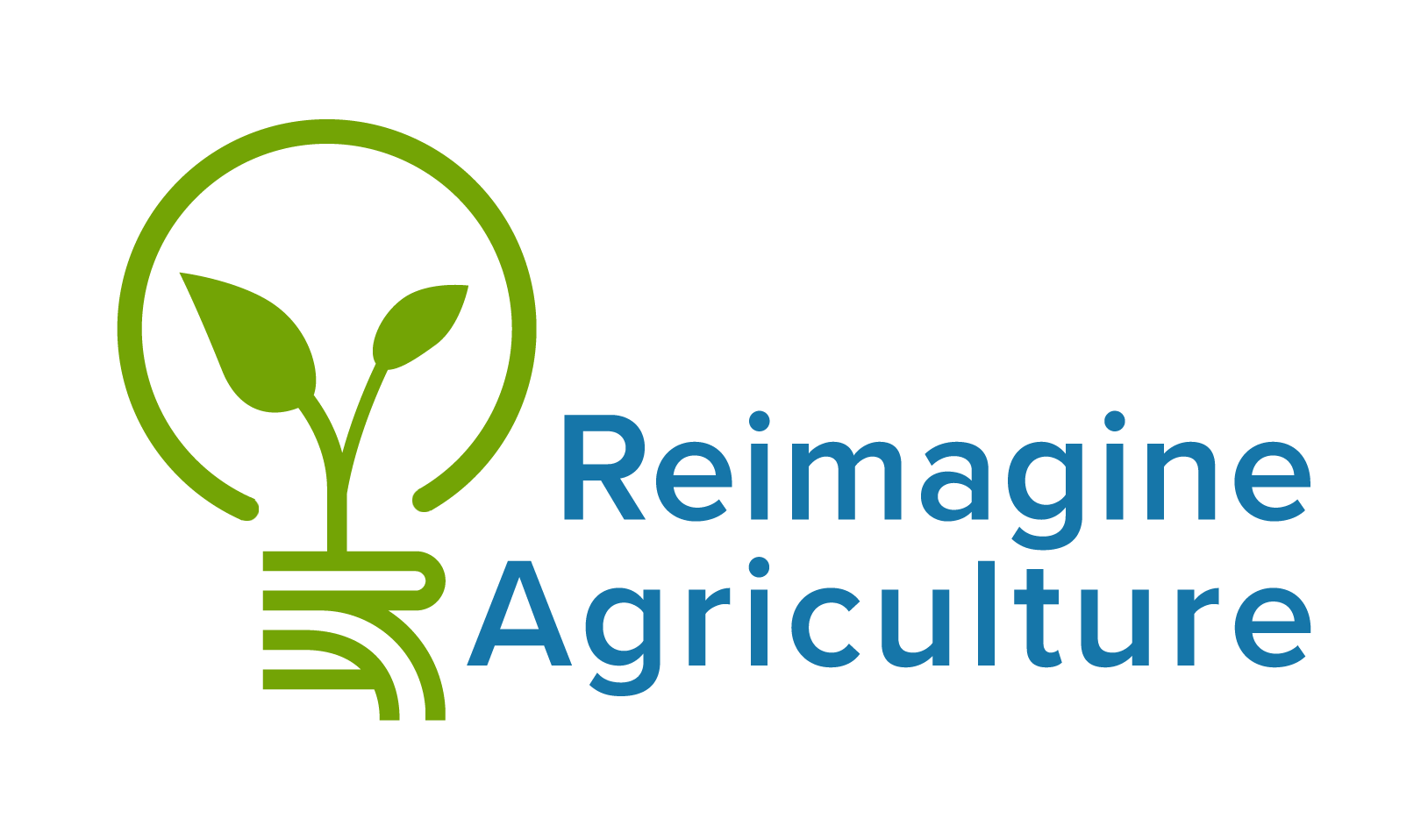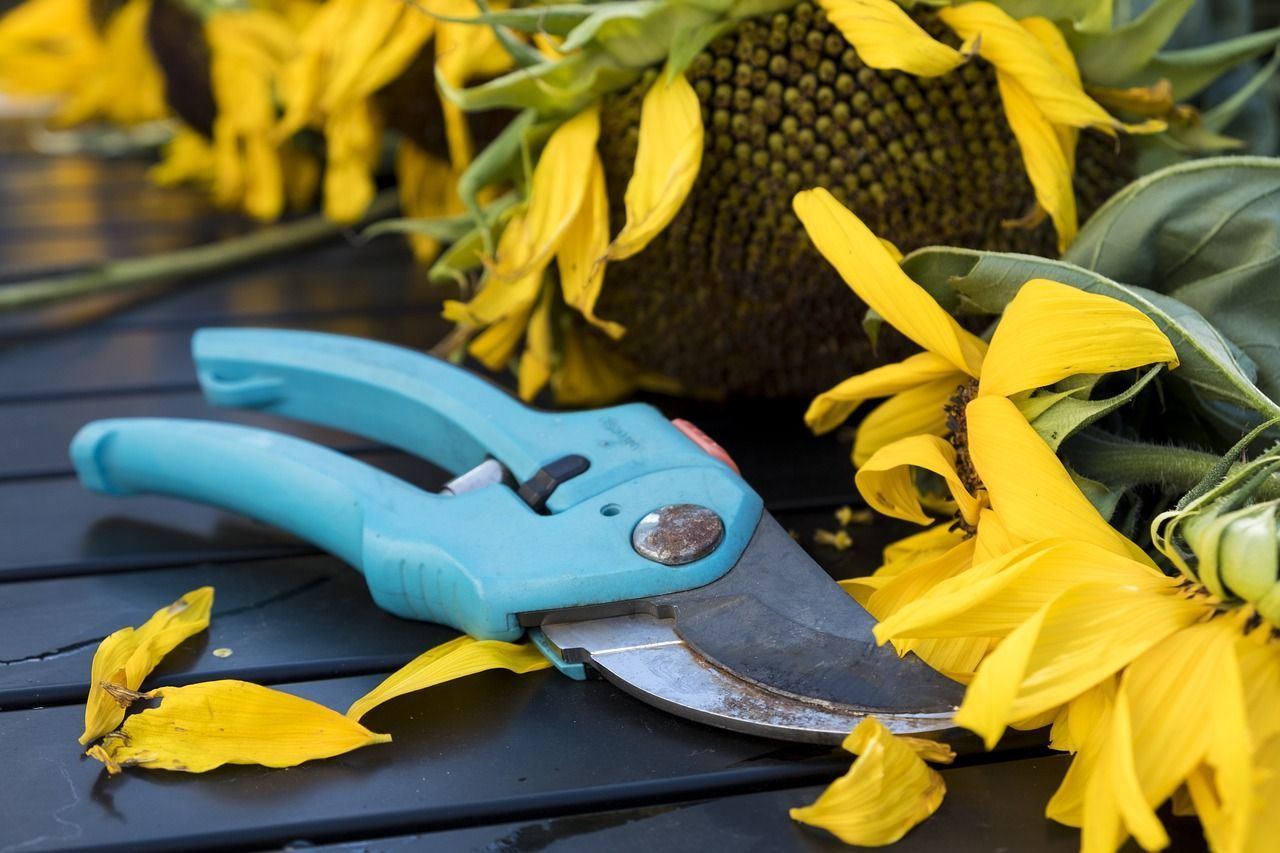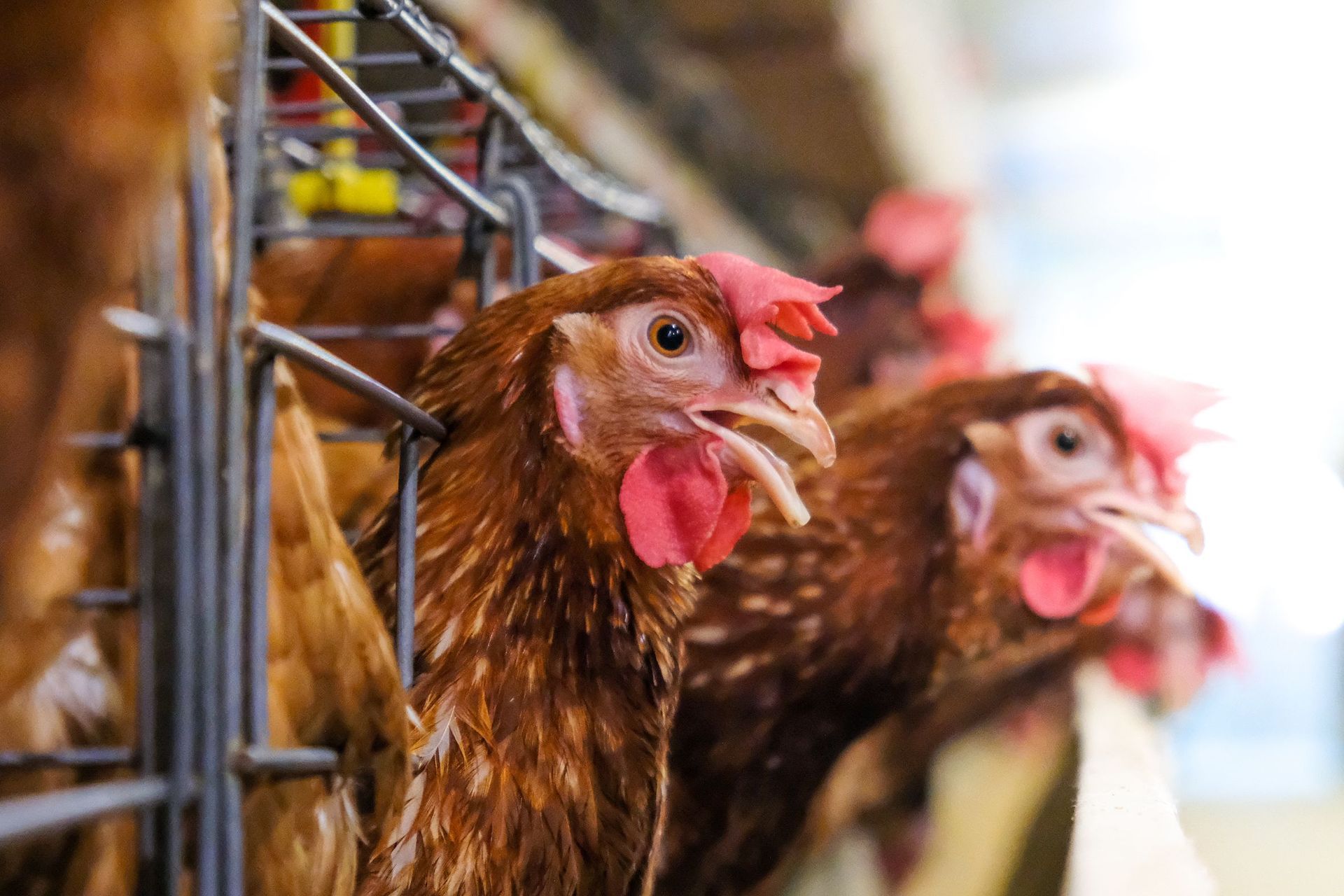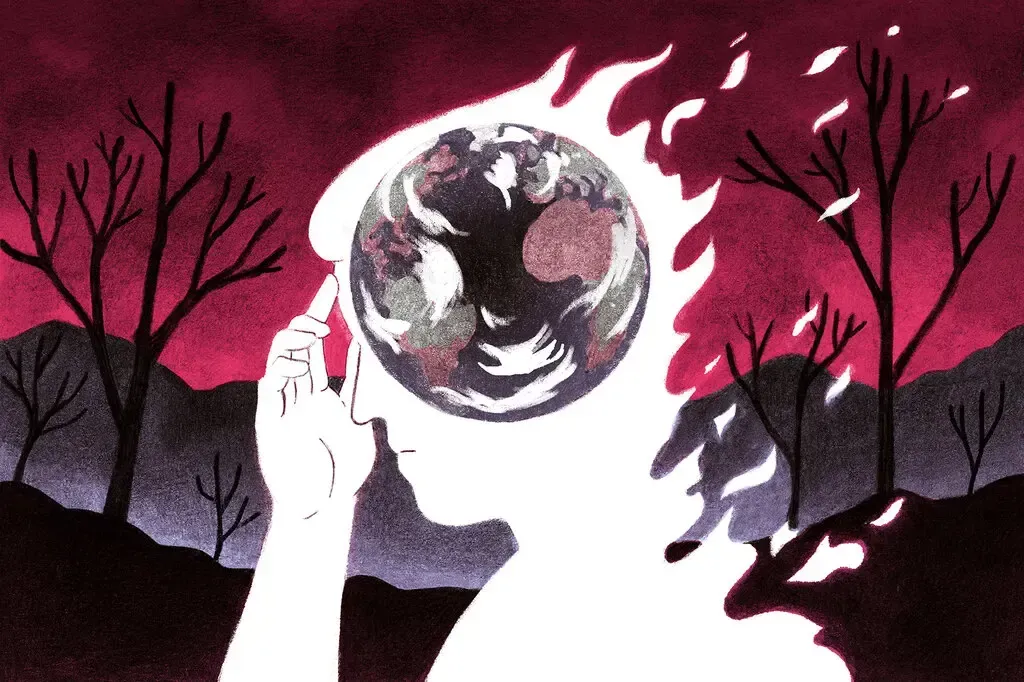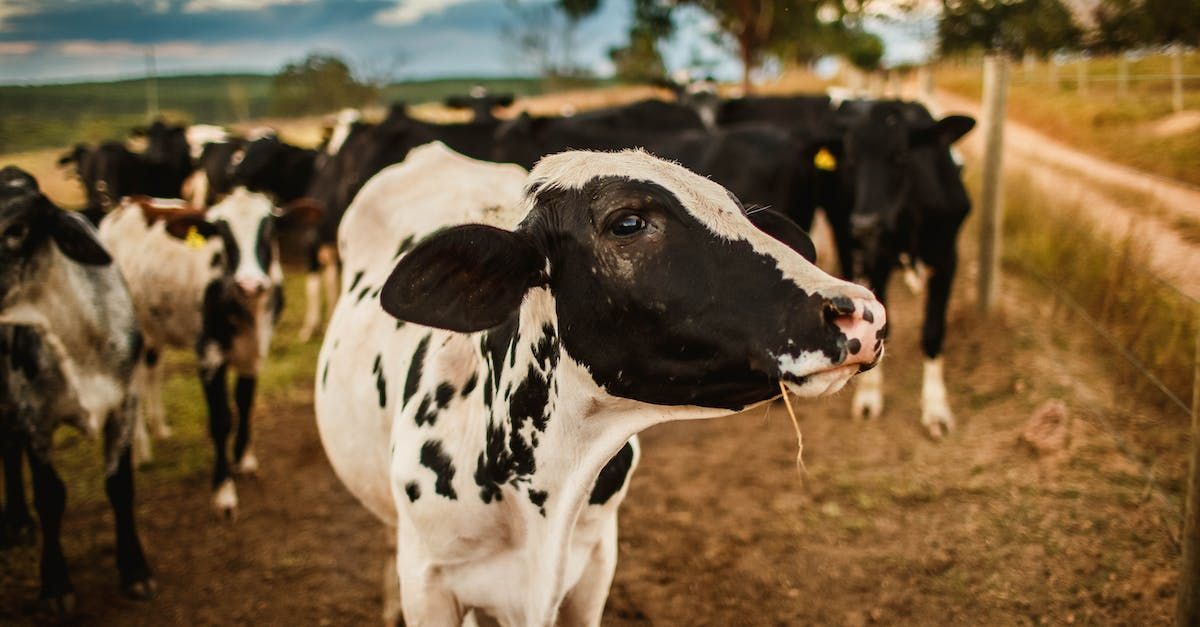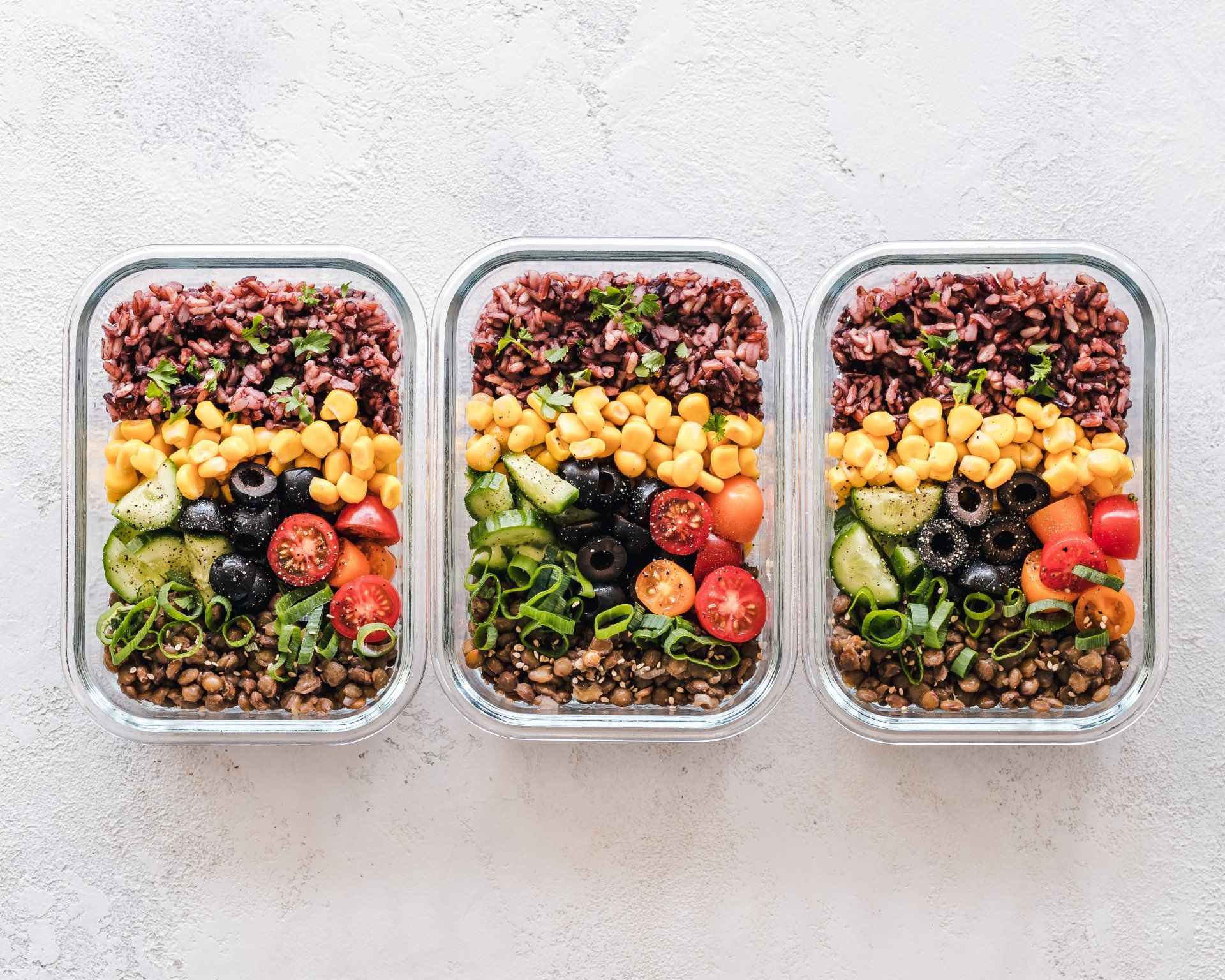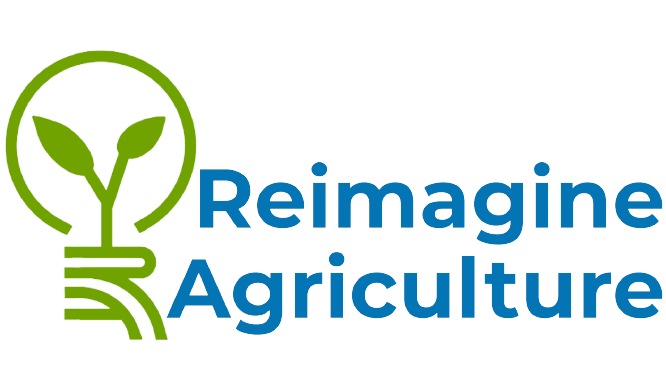Why Jellyfish and Plankton May Become All That's Left Of Our Ocean
September 3, 2021
A BlogSwap post from our friends at Factory Farm Awareness Coalition
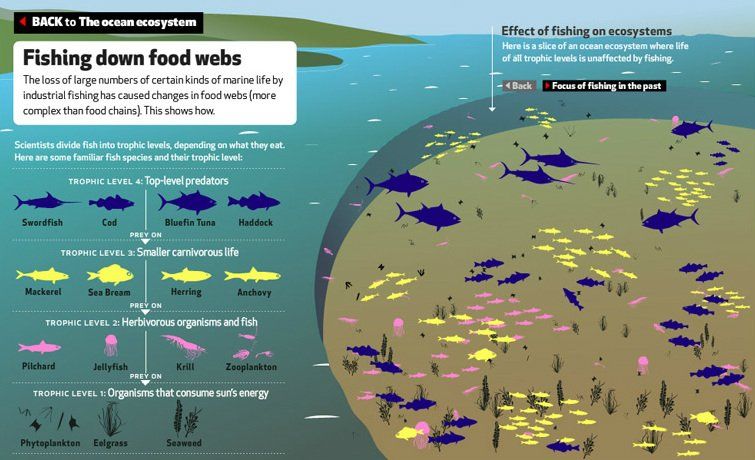
By: Chenyang Wu
Coined by Daniel Pauly and other marine scientists, the phenomenon that describes the way fisheries are changing the aquatic ecosystem is called fishing down the web, a loop in which, by selectively fishing for larger fishes, the fishing industry has dramatically depleted the amount available to them, forcing them to approach smaller and smaller fish to generate profit. These larger types of fish are often found at the highest trophic levels in the ecosystem, meaning that they are mainly carnivorous and require the most energy to maintain, giving them their size. Because of their size, it is harder for them to escape from fishing techniques such as trawler nets, and they are valued at higher prices, making them primary targets for fishermen and fishing vessels. Furthermore, their high energy consumption and higher age of fertility means that they aren’t able to produce enough offspring to compensate for the damage fishing can do to their population. As the fish from these trophic levels eventually become overfished and harder to find, the industry looks towards their prey: the fish in the trophic level below them. This leads to the vicious cycle of fishing down the web, a loop that forces industries to turn to lower and lower trophic levels of marine organisms as their population in higher trophic levels becomes unsustainable.
We can look at trends happening worldwide that point to our overfishing of these higher trophic level fish; in the Pacific Northwest, several species of salmon are facing extinction
due to higher water temperatures and overfishing. In Japan, the price of the freshwater Japanese Eel multiplied
as it became classified as endangered in 2014 and saw lower domestic catch rates. Sharks have become “functionally extinct” from 19% of the world’s coral reefs
as the demand for shark fin soup, a delicacy in Asian countries, has increased. Sardines, one of species of fish found in lower trophic levels, have seen an increase in demand
as larger fish have become less affordable and harder to catch.
Within each trophic level itself, it’s not just the population of fishes that are decreasing; their bodies are shrinking in size as well. This makes sense; smaller fish are more likely to escape from objects such as trawler nets and thus reproduce more, leading to future generations being more likely to inherit the parts of their genetic makeup that code for their smaller size. Furthermore, global warming has led to increases in ocean temperatures, lowering the oxygen-absorbing capabilities of water and increasing the need for oxygen in fishes, stunting their growth. This growth in ocean temperatures has also directly altered the metabolism of fishes, increasing their mortality rate. UC Berkeley provides just a few examples
of the most dramatic changes in fish sizes across the world. We have been changing the makeup of our environment not just on an ecological level, but on a genetic and molecular level. Through our anthropogenic impact, we have been artificially selecting for smaller fish through our fishing techniques and our contribution to climate change.
So, how can we prevent a future where jellyfish and plankton become the only creatures that roam our seas? Many problems such as our generally apathetic views on fish welfare leading to subsequent lack of action and our negative effect on the environment are factors that impact the sustainability of our oceans. Considering this article’s focus on the effect of the fishing industry, I would like to focus on informing others of key aspects that surround the issue of overfishing and how they can be resolved. Poor oversight by fisheries and lack of regulation surrounding fishermen is a major factor; establishing fishing rights could help control the amount of catches per day through enforcing a daily cap and designating specific areas to separate fishermen to reduce competition, resolving any “tragedy of the commons'' situations that might take place. The idea of implementing a Maximum Sustainable Yield (MSY), introduced in the 2002 World Summit of Sustainable Development, promotes efficient fishing practices that also minimize population loss through leaving a select amount of fish untouched so they can repopulate and sustain their population. Though this is a solution that seeks to both benefit fishermen and reduce harm to the environment, its implementation has been a rocky road due to poor regulations in the industry. Being informed of the issues surrounding fisheries and their environmental impact will help us find a place where we can start to take action, whether it be social media or a community-led campaign. For our oceans to prosper as they have before, we must make use of our time now to prevent its collapse and protect the bounties it has given us.
Chenyang Wu is an undergraduate biology major based in New York City and a writer for the Factory Farm Awareness Coalition
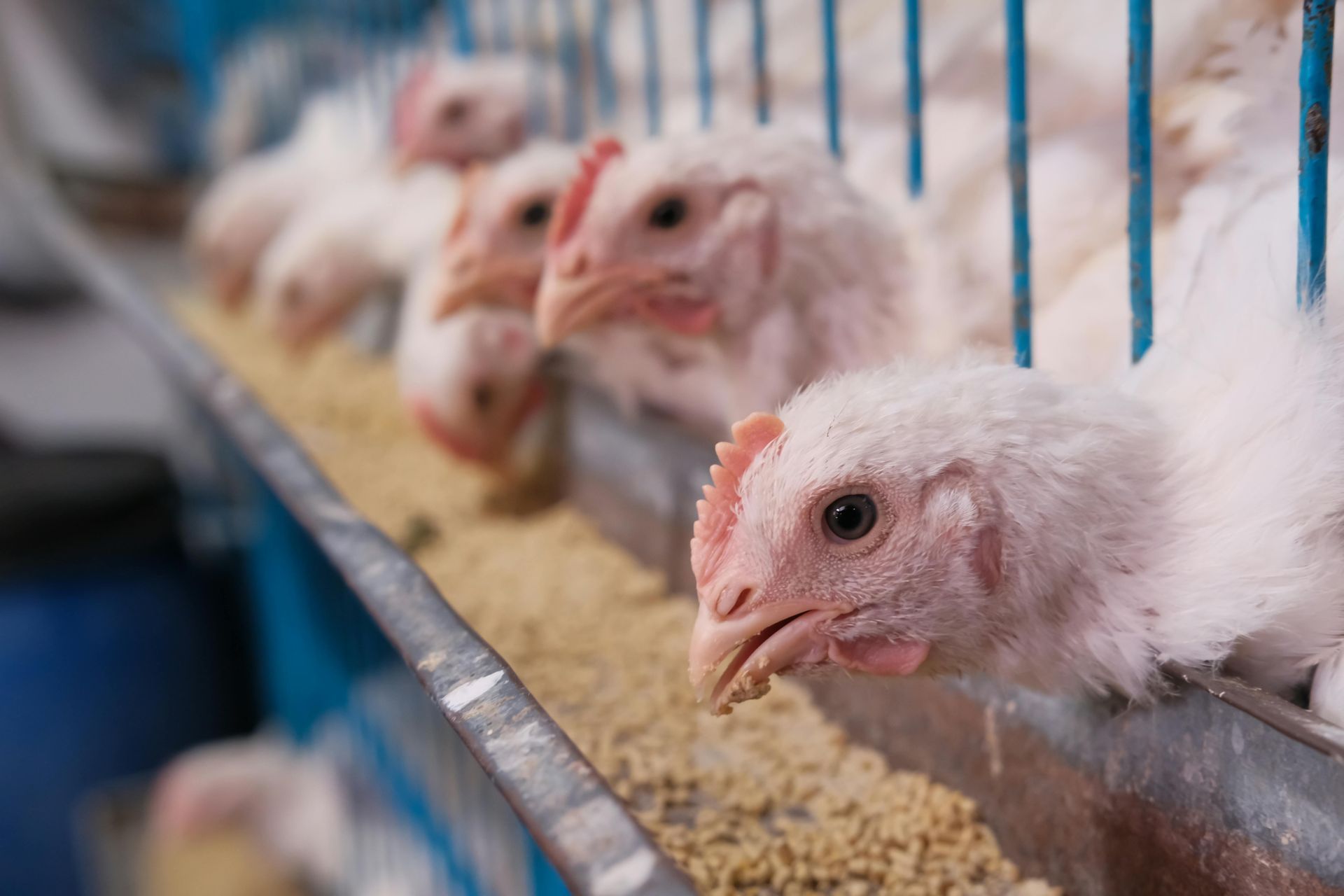
The 2024 Canada Animal Welfare Scorecard evaluated animal welfare commitments and transparency across 40 leading Canadian food companies. Focusing on cage-free eggs, gestation-crate-free pork, and adherence to Better Chicken Commitment (BCC) standards, the report uncovers serious gaps in transparency, industry-wide “humanewashing,” and persistent animal welfare issues. Here’s a breakdown of the most troubling findings. 1. Lack of Transparency in Major Retailers and Foodservice Providers Walmart Canada, Calgary Co-op, and Federated Co-operatives have demonstrated minimal transparency, failing to publish updates or roadmaps on their animal welfare commitments. Walmart Canada is the only top-five retailer in Canada not reporting any progress on welfare practices, despite publishing incremental updates in the U.S. Meanwhile, Calgary Co-op still lacks any published policies or progress toward ending confinement for hens and pigs, despite its members’ vote to support humane conditions over a decade ago. 2. Misleading Industry Claims and "Humanewashing" Tactics A major issue facing Canadian consumers is the widespread “humanewashing” in the food industry, where companies use misleading labels and terminology to suggest higher animal welfare standards than actually practiced. Companies like Burnbrae Farms label their eggs as “Nestlaid,” implying cage-free conditions, which leads nearly half of surveyed consumers to mistakenly believe these eggs come from open barns. Industry groups, including Chicken Farmers of Canada , amplify this confusion by using terms like “family farms” to evoke images of small, humane operations, even when products are sourced from intensive confinement systems. Rather than improving actual welfare standards, these organizations invest heavily in shaping public opinion through corporate responsibility reports and marketing campaigns, leaving consumers misinformed about the true conditions behind their food. 3. The Crisis of "Frankenchickens" in Poultry Production The Canadian poultry industry’s use of ultrafast-growing birds, often termed “Frankenchickens,” remains a primary welfare issue. These birds are bred to grow four times faster than chickens in the 1950s, resulting in painful health problems and limiting their ability to move or access food and water. Although companies have pledged to stop using these breeds by 2026, few have shown significant action on this front. Major Canadian poultry producers continue to use these breeds, creating severe welfare implications. 4. Continued Use of Gestation Crates for Pigs Gestation crates remain the norm across Canadian pork production, confining mother pigs in cramped stalls that prevent them from turning around. Some progress is evident, with companies like Costco and Starbucks Canada reporting steps toward group housing. However, Walmart Canada and Federated Co-operatives have not published policies or progress. While the industry timeline for complete phase-out stretches to 2029, these companies have yet to implement meaningful welfare improvements, prolonging extreme confinement for Canada’s 1.2 million breeding sows. 5. Slow Progress in the Shift to Cage-Free Eggs Despite growing opposition to cage confinement from Canadian consumers, the Canadian egg industry continues to invest in “enriched” cage systems that offer only minor improvements over conventional battery cages. Companies like Metro and Sobeys committed to sourcing cage-free eggs but report slow progress across their supply chains, while Calgary Co-op has yet to report any steps forward. Globally, over 2,600 companies have committed to eliminating cages, but Canada falls behind due to its reliance on slightly modified cage systems. Moving Forward: Accountability and Clear Roadmaps Required Companies need transparent roadmaps, annual goals, and consistent reporting to keep pace with rising consumer and investor expectations. Brands such as A&W Canada, Aramark, and Panago Pizza have set strong examples, publishing BCC-compliant policies and reporting progress, proving tangible progress is achievable. However, for others, a significant gapremains between public promises and the welfare practices in their supply chains.
